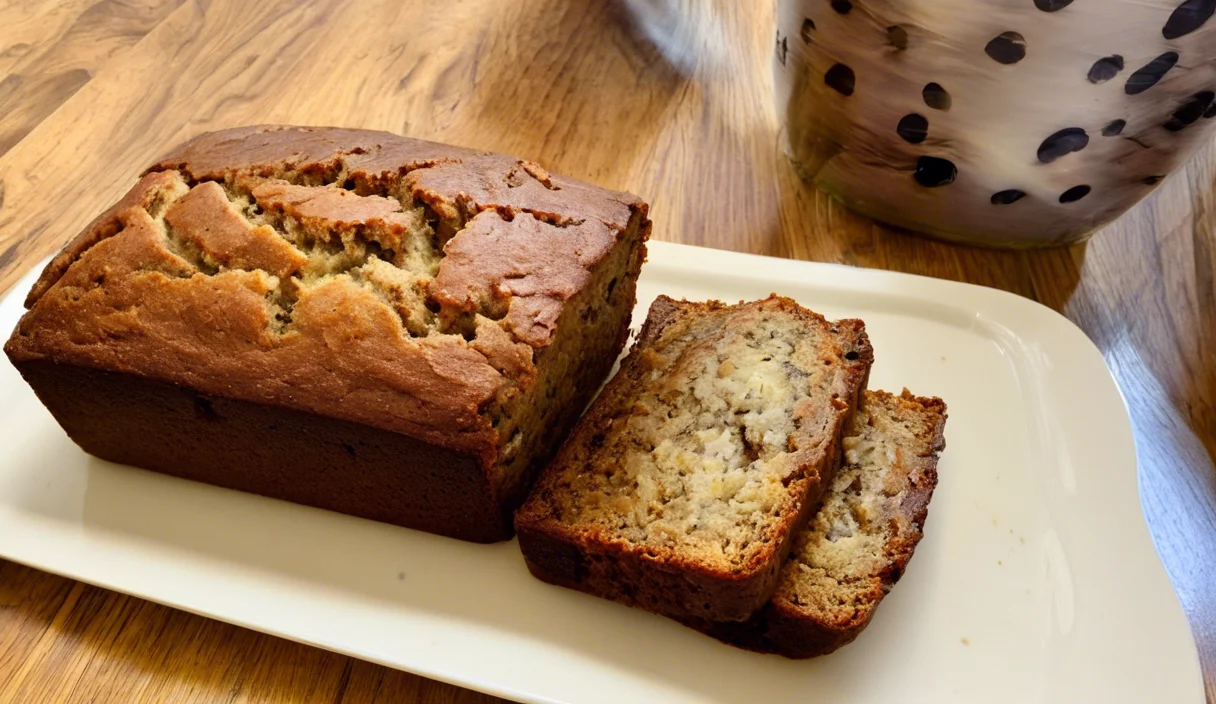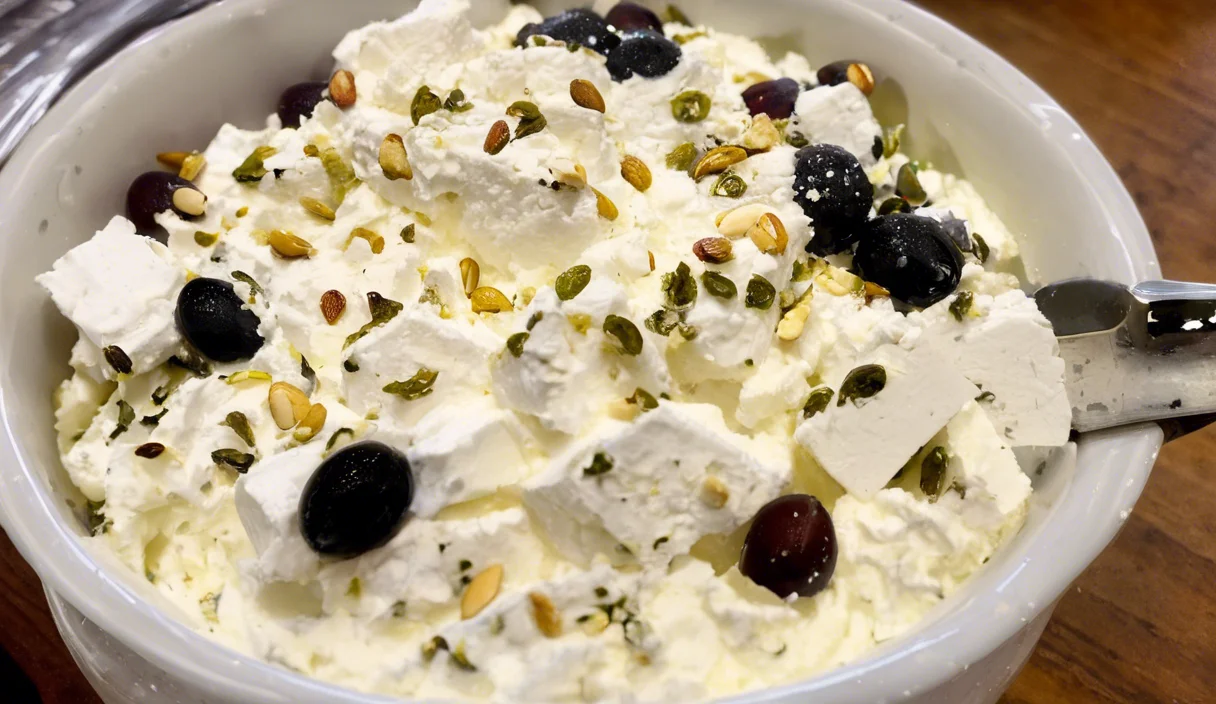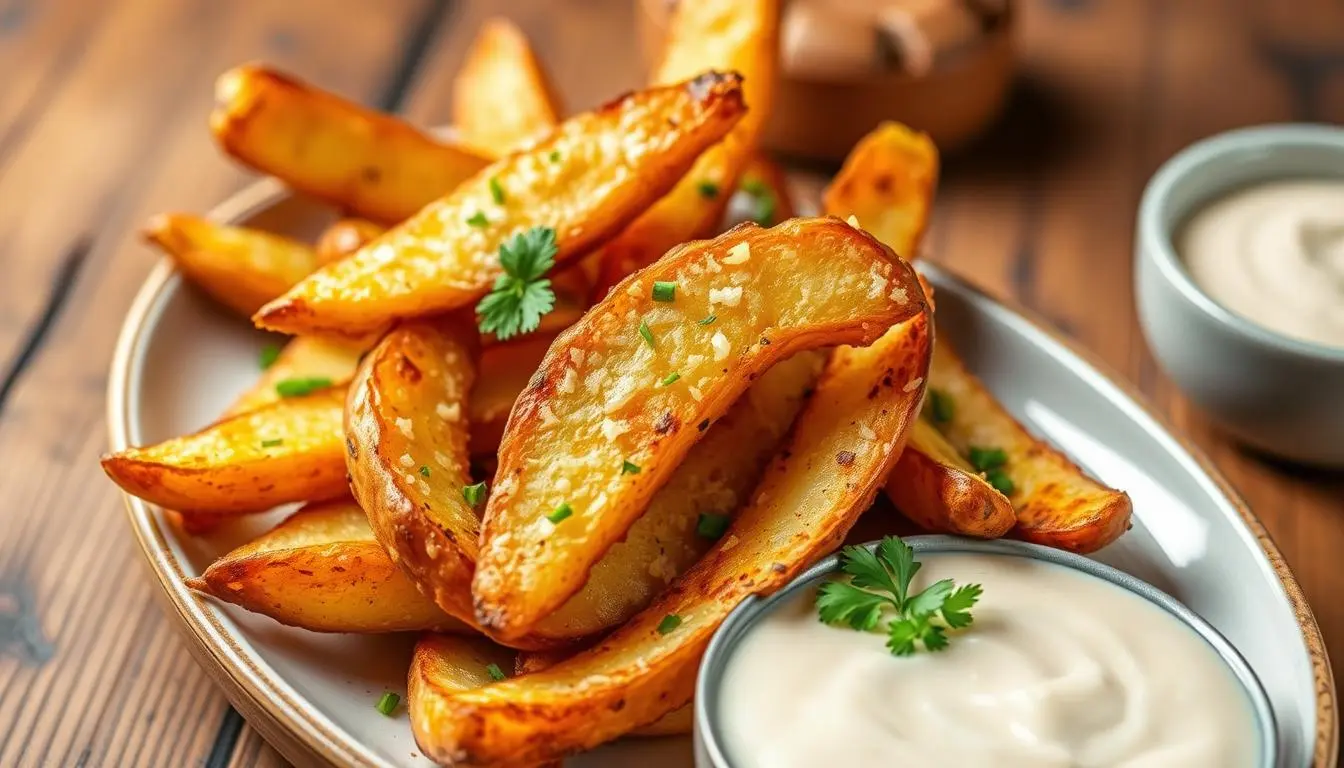If you’ve ever wondered, “How much salt and sugar do you put in a brine?”, you’re not alone. Indeed, brining is one of the most effective methods to ensure that your chicken, fish, or even vegetables turn out tender, juicy, and full of flavor. However, getting the right balance of salt and sugar is key to a successful brine. Therefore, in this guide, we’ll walk you through everything you need to know about creating the perfect brine solution, including how much salt and sugar to use, as well as tips on customizing your brine to suit your taste and ingredients.
How Much Salt and Sugar Do You Put in a Brine? Understanding the Basic Brine Formula
What Is a Brine and Why Should You Use It?
A brine is essentially a solution of water, salt, and often sugar that is used to soak food, primarily meats, before cooking. The process of brining helps to season the food deeply and retains moisture, resulting in a juicy and flavorful final product. Whether you are preparing chicken, fish, or vegetables, knowing how much salt and sugar to put in a brine is crucial for achieving the perfect taste and texture.
There are two primary types of brine: wet brine and dry brine. Recently, dry brining has gained popularity among cooks; check out this discussion on the rise of dry brining to see how opinions and methods have evolved. A wet brine involves submerging food in a saltwater solution, while a dry brine uses a coating of salt (and sometimes sugar) directly on the food. The choice between wet and dry brine will depend on your specific needs and preferences.
Standard Brine Ratio: How Much Salt and Sugar Do You Put in a Brine?
To answer the question, “How much salt and sugar do you put in a brine?” the standard ratio typically recommended for a basic brine is:
- 1 gallon of water
- 1 cup of kosher salt
- 1 cup of sugar (white or brown)
This ratio works well for most meats and vegetables. However, adjusting the brine’s salt and sugar levels based on your food type, the brining duration, and your flavor preference is essential to achieving the best results.
How Much Salt and Sugar Do You Put in a Brine?
Types of Salt for Brining: Choosing the Best Option
When it comes to brining, the type of salt you use matters. The most common types of salt for brining include:
- Kosher Salt: Coarser and dissolves quickly, making it the most popular choice for brining.
- Sea Salt: Contains trace minerals and can add a subtle complexity to the brine.
- Table Salt: Finely ground but can be denser, so measurements may need adjusting (use less if substituting for kosher salt).
Understanding the different salts will help you determine how much salt to put in a brine. Generally, kosher salt is the preferred choice because of its consistent crystal size, which dissolves evenly in water.
Adjusting Salt Levels in Brine for Perfect Results
The amount of salt you use in your brine will vary depending on several factors:
- Type of Food: Delicate foods like fish require less salt, while denser meats like chicken can handle more.
- Size of the Pieces: Smaller cuts may require less salt to avoid overpowering their natural flavors.
- Brining Time: Shorter brining times generally need a higher salt concentration to achieve the desired flavor, while longer brines may need less.
If you’re focusing on poultry, this simple brine formula for chicken offers an easy yet effective method to keep your chicken juicy and flavorful.
How Much Sugar Should You Put in Your Brine?
Why Sugar Is Added to Brine: The Secret Ingredient
Sugar is an often-overlooked but essential ingredient in many brines. It serves several key purposes:
- Balances the Salty Flavor: Sugar helps to balance the sharpness of salt, creating a more rounded flavor profile.
- Aids in Browning: Sugar caramelizes during cooking, helping to achieve a golden-brown crust on meats.
- Moisture Retention: Sugar, like salt, can help retain moisture in foods.
When considering how much salt and sugar to put in a brine, remember that sugar’s primary role is to balance and enhance flavor. Depending on your taste preference, you may use white sugar, brown sugar, honey, or even maple syrup.
Adjusting Sugar Levels in Brine: Finding the Right Sweet Spot
Adjusting the sugar level in your brine allows you to fine-tune the flavor to your liking. Here are some considerations:
- Sweet vs. Savory: If you’re looking for a chicken-specific brine, check out this ultimate guide to chicken brine recipes, which offers variations depending on your taste preferences. For a more savory flavor, stick to the standard ratio or reduce the sugar.
- Sugar Alternatives: If you prefer not to use refined sugar, honey, maple syrup, or even fruit juices can be substituted.
- Impact on Texture: Higher sugar content may create a slightly stickier texture, which can be desirable for grilled or roasted meats.
Experimenting with different sugars will help you find the right balance that complements the dish you’re preparing.
How to Make a Basic Brine Solution
Step-by-Step Guide to Creating the Perfect Brine
To create a simple brine solution, you can follow this easy brine formula for quick and effective results.
Also, follow these steps:
- Gather Ingredients: You’ll need 1 gallon of water, 1 cup of kosher salt, and 1 cup of sugar.
- Mix the Solution: In a large container, dissolve the salt and sugar in cold water. Stir until fully dissolved.
- Add Food: Submerge the food completely in the brine solution.
- Refrigerate: Keep the brine and food in the refrigerator for the recommended amount of time.
This simple process will help you master the art of brining and ensure that you always know how much salt and sugar to put in a brine.
Adding Aromatics and Flavorings to Brine for Extra Flavor
Adding aromatics like garlic, herbs, and spices can elevate your brine to new heights. Some common additions include:
- Garlic Cloves: Adds a subtle savory flavor.
- Herbs (Rosemary, Thyme, Bay Leaves): Infuse the brine with herbal notes.
- Spices (Peppercorns, Mustard Seeds): Introduce a touch of heat and complexity.
For the best results, bring the brine to a boil with aromatics, then cool completely before submerging the food. This technique helps maximize the flavor infusion.
Tips for Successful Brining Every Time
Determining the Right Brining Time for Different Foods
Knowing the correct brining time is crucial to avoid over-brining or under-brining. Here’s a quick guide:
- Chicken Pieces: For a specific guide on how long chicken should be brined, visit how long should chicken be brined. Typically, chicken pieces should be brined for 4 to 6 hours.
- Fish: Brine for 30 minutes to 1 hour.
- Vegetables: Brine for 30 minutes to 2 hours, depending on size and type.
Adjust the time based on the size and type of food. In contrast, a shorter brining time may require a higher concentration of salt and sugar to achieve the desired results.
Common Mistakes in Brining and How to Avoid Them
- Over-Brining: This can result in overly salty or mushy food. Stick to the recommended times.
- Using the Wrong Salt or Sugar: Always measure accurately and adjust for the type of salt you use.
- Brining at Incorrect Temperatures: Ensure the brine and food are kept cold (refrigerated) to prevent bacterial growth.
By avoiding these mistakes, you can ensure that your brined dishes are always flavorful and delicious.
Advanced Brining Techniques to Enhance Flavor
Using a Brine Calculator for Precision in Your Brine Ratios
For those who love precision, using a brine calculator can furthermore help you adjust the ratios based on the specific weight and type of food. Ultimately, this tool ensures you always know exactly how much salt and sugar to put in a brine for the best possible results.
Experimenting with Different Brine Flavors for Unique Dishes
Don’t be afraid to experiment with new brine ingredients! Try adding:
- Fruit Juices (Apple, Orange): For a sweet and tangy flavor.
- Citrus Zests (Lemon, Lime): Adds a refreshing acidity and bright flavor.
- Spices (Chili Flakes, Cloves): For a bit of heat or exotic flair.
Experimenting with different brining ingredients can create exciting new flavors and elevate your dishes to the next level.
Frequently Asked Questions (FAQs) About Brining
What is the Formula for Brine?
For a detailed explanation, check out this guide on what is the formula for brine. The standard formula generally includes 1 gallon of water, 1 cup of kosher salt, and 1 cup of sugar (brown or white). Adjust these amounts depending on your taste preference and the food you are brining.
How Much Salt and Sugar Do I Use for Dry Brine?
For a dry brine, use about 1 tablespoon of kosher salt per 5 pounds of food. Additionally, sugar can be added in equal parts if desired, depending on the sweetness level you want to achieve.
How Much Salt Should I Put in My Brine?
The general rule is 1 cup of kosher salt per gallon of water, but you may need to adjust based on the type of food, the brining duration, and your personal taste.
How to Make a Brine Solution?
To make a brine solution, dissolve 1 cup of kosher salt and 1 cup of sugar in 1 gallon of water. Add aromatics like garlic, herbs, and spices for extra flavor. Bring the solution to a boil, cool completely, and then use it to soak your food.
Conclusion
Brining is a fantastic way to elevate the flavor and texture of your food, whether it’s chicken, fish, or vegetables. Understanding how much salt and sugar to put in a brine is key to mastering this technique. By following the guidelines and experimenting with different ingredients, you can create brines that are perfectly suited to your taste preferences. So, grab your salt, sugar, and favorite seasonings, and start brining your way to delicious meals!





